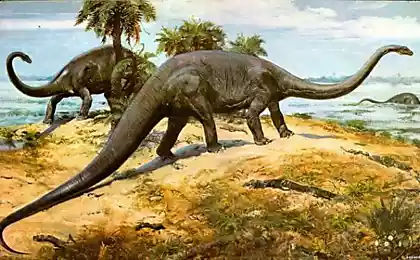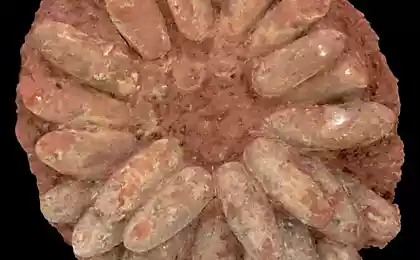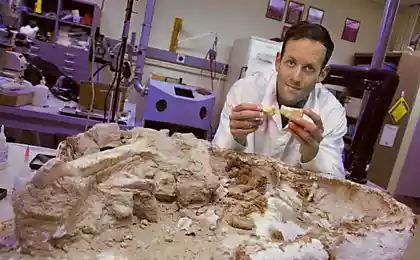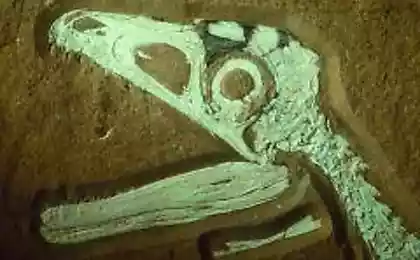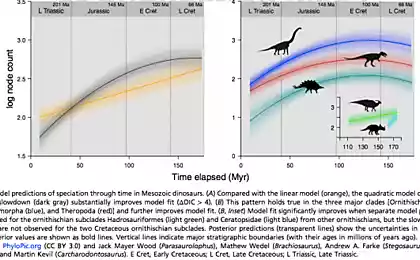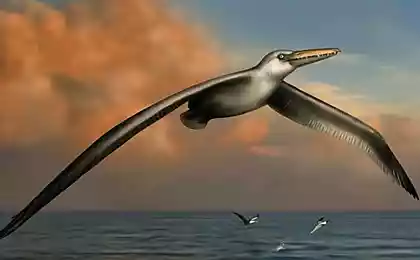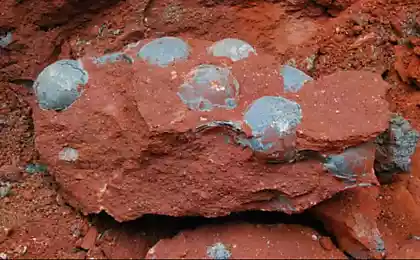538
These creatures were neighbors of the dinosaurs and now live with us
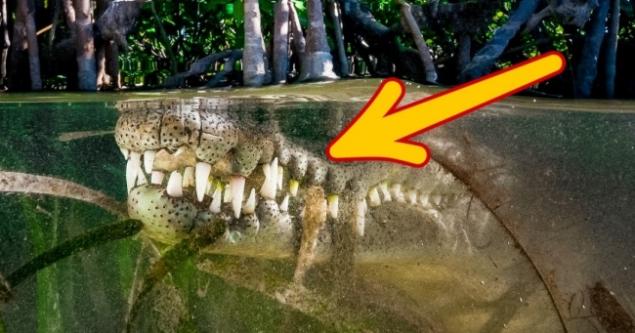
On the planet side by side with us live, which appeared so long that compared to them the humanity of a newborn infant, who also have a couple of million years old.
The website lists the most outlandish of them. Surprisingly well preserved!
Alligator pike 100 million years

One look at alligatora pike is enough to understand that this creature is not from our era. It is often called a "living fossil" because of the resemblance to the ancestor that lived 100 million years ago. This 3-metre freshwater predator with rows of long needle-like teeth and a body enclosed in a thick diamond-shaped scales, though it lives in water but can breathe air.
Giant river Stingray 400 million years

The ancestors of this slope already existed 400 million years ago. Its size can reach 2 meters in diameter, excluding the tail. Long and flexible tail is his main weapon: at the end there are two sharp spikes, one of which has a sharp notch for the attack, and the other a deadly poison. The kick tail is so strong that can penetrate the bottom of the boat.
Crocodile 250 million years

Crocodiles by building close to the dinosaurs lived in the Jurassic period (250 million years ago), managed almost no change to the present day. Despite their danger to humans, the crocodile has always been a revered animal, and in Ancient Egypt — one of the gods. The closest living relatives of crocodiles — birds. By the way, crocodile tears really exist — so the body of crocodiles removes excess salt.
The largest crocodile in the world was caught in the Philippines. Its length was of 6.17 meters, caught it at 3 weeks by 100 people.
Echidna 110 million years
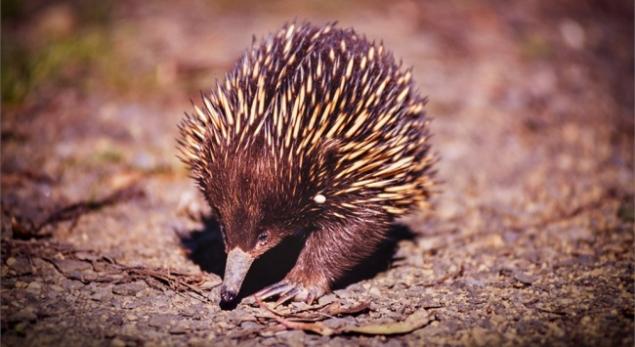
Whether echidna resembles a hedgehog, or porcupine, but she's actually a close relative of the platypus. These small animals do not grow above 30 cm and almost unchanged for 110 million years of its existence.
Latimeria 100 million years

Coelacanths were thought to have been extinct during the late Cretaceous period, suddenly in 1938 a living coelacanth was caught in the net fishermen. These fish can grow up to 2 metres in length and don't spawn, and produce a couple of dozen fully-developed young.
Jellyfish are 700 million years

Jellyfish are found in almost all seas and oceans. Of the 200 jellyfish species: some of them prefer warmer water, and life closer to the surface, some love the water and live pokolodnaya at the bottom. The world's largest jellyfish — cyanea Arctic (or lion's mane). The length of the tentacles of these jellyfish can reach up to 37 metres.
The number of jellyfish even increases with time due to the constant catch their natural enemies. However, there are rare species. Jellyfish is 98 % water, and one of the species Turritopsis Nutricula is the only immortal creature on the planet.
Shark-Goblin 125 million years

The ancestors of this shark existed 125 million years ago. While its larger relatives were extinct, 3-meter shark-Goblin lived quietly in the 200-meter depth, close to the bottom of the ocean. Long jaws shark Goblin can move far ahead, and she has an unusual pinkish color due to close to the skin blood vessels. Despite its fearsome appearance, it does not represent a great danger to people, and found very rarely.
The tuatara 200 million years

The tuatara, or the tuatara, the most ancient reptile on Earth. The tuatara is helping scientists to study the evolution of two species and lizards, and snakes. Tuatara is the third eye — forehead. Under scales it is not visible, but it is sensitive to light and heat and is responsible for biological rhythms, and thermoregulation. Tuatara live in New Zealand and often settle in one hole with the Thunderbirds. All day while birds are foraging, resting tuatara in the burrow, and when the puffins are back out hunting that night.
The lamprey is 360 million years

These trubkovidnye creatures no jaws — they are parasites that attach themselves to other fish and feed on their entrails. Despite the unpleasant appearance, lampreys are edible, why some species have become very rare.
Sponge 760 million years

The sponge has no brain or nervous system, it exists without motion, attached to hard surfaces on the seabed. But if anyone will survive the global Apocalypse, is a sponge. Recently found traces of fossilized sea sponges on the rock, which amounts to 760 million years.
The Szczytno 230 million years

These small crustaceans just took it and ignored evolution. They have not changed since the Triassic, when the Earth appeared first dinosaurs, and the continent was only one — Pangaea. They live in temporary freshwater reservoirs of the type of puddles and ditches. They lay their eggs — cysts — in case of drying of the pond, and they can be stored in the soil, awaiting favorable conditions for the occurrence of the notostraca in the light.
Photo on pixabay preview
According to the materials of The Richest, nat geo
See also
9 ways to understand the dog in her habits
This Panda knows how to make the cutest selfie in the world
On each dive the diver swims up to one and the same shark. Just to cuddle
via www.adme.ru/zhizn-zhivotnye/pri-kazhdom-pogruzhenii-k-dajveru-podplyvaet-odna-i-ta-zhe-akula-chtoby-prosto-obnyatsya-1437815/
What would famous movies look like if they were happening now?
16 unexpected situations where you will need the usual salt

